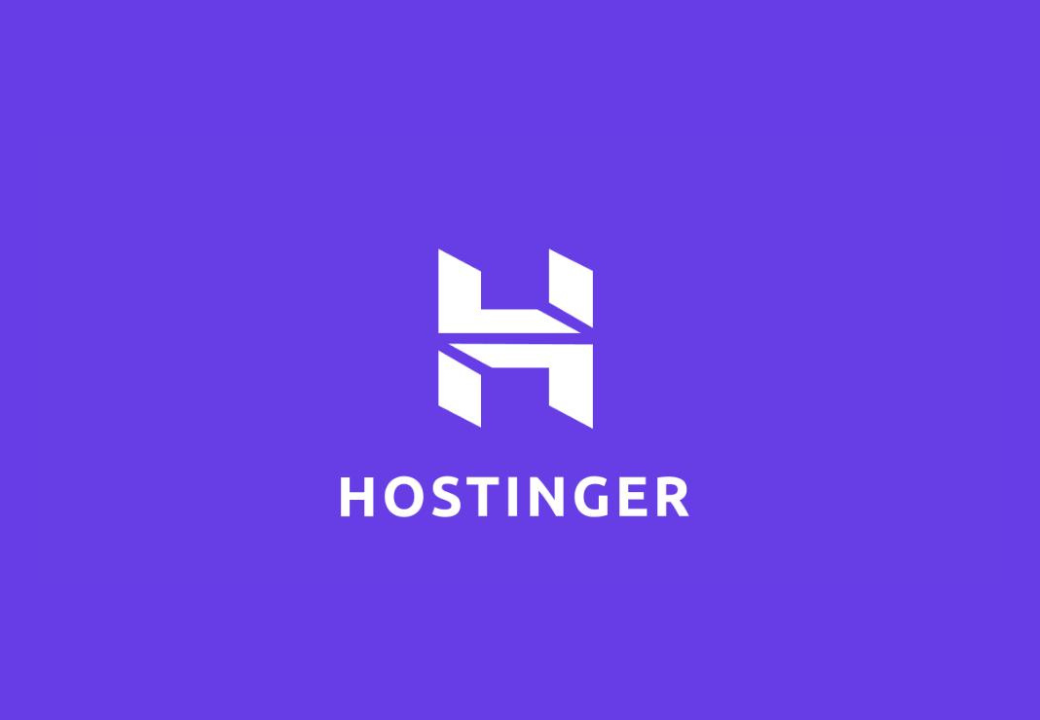Hostinger, a Lithuanian web hosting company, has recently made headlines with its rapid expansion and impressive growth metrics. With a 57% revenue increase, reaching €110.2 million in 2023, Hostinger has become the fifth largest web hosting company globally. This surge in growth raises important questions about the future of web hosting and the strategies that propel companies like Hostinger to the forefront of the industry.
How did Hostinger achieve such rapid growth?
Hostinger’s CEO, Daugirdas Jankus, attributes their success to ambitious goals and a relentless pursuit of growth. “Each year, we are growing rapidly towards our ambitious goal of becoming the world’s No. 1 web hosting business. 2023 was no exception when we steadily grew our results,” he stated. This ambition is coupled with strategic investments in technology and customer experience, which seem to be the driving forces behind their impressive performance.
One of the major factors contributing to Hostinger’s growth is their continuous investment in technology. They have made significant updates behind the scenes, improving speed with kernel-based virtual machine virtualization for VPS hosting and developing an in-house CDN network.
Customer experience
Hostinger’s focus on improving the customer experience appears to be paying off. By making website creation more accessible and user-friendly, they have significantly reduced the load on their customer support team. This improvement suggests that investing in user experience can lead to higher customer satisfaction and retention.
Saulius Lazaravicius, Hostinger’s VP of Product, emphasizes the company’s focus on customer experience. “During recent years, Hostinger has put a huge focus on improving the customer experience and making website creation easy for everyone. According to data, this also decreased the Customer Support load by two times. Less than 1% of Hostinger’s clients seek assistance today,” he notes.
However, this raises a question: Can other web hosting companies replicate Hostinger’s success by focusing on customer experience and technological innovation?
Market Position and Competitiveness
As of May 2024, Hostinger boasts over 2.42 million customers across 150 countries, holding a 2.8% global market share. This is a significant increase from 1.4% in May 2023. Hostinger’s most active user bases are in India, Brazil, USA, Indonesia, and France, with the United Kingdom, Spain, Pakistan, Mexico, and Colombia also contributing significantly to their customer base.
The competition in the web hosting industry is fierce, with Shopify and Amazon leading the market. Shopify recently overtook Newfold Digital Group, and Amazon remains the largest with a 5.7% market share. Hostinger’s growth in this competitive landscape prompts another question: What can smaller web hosting companies learn from Hostinger’s strategies to compete with industry giants like Amazon and Shopify?
The web hosting market is evolving rapidly, with companies like Hostinger leading the charge in innovation and customer-centric strategies. As the industry continues to grow and change, it will be interesting to see how other companies adapt and what new strategies will emerge to drive success.
Conclusion
Hostinger’s impressive growth raises important questions for the web hosting industry. How can other companies replicate their success? Is the key in technological innovation, customer experience, or a combination of both? As the industry evolves, these questions will be crucial for understanding the future of web hosting.
What do you think? Are these strategies replicable for other companies, or is Hostinger’s success unique? Share your thoughts in the comments below.



